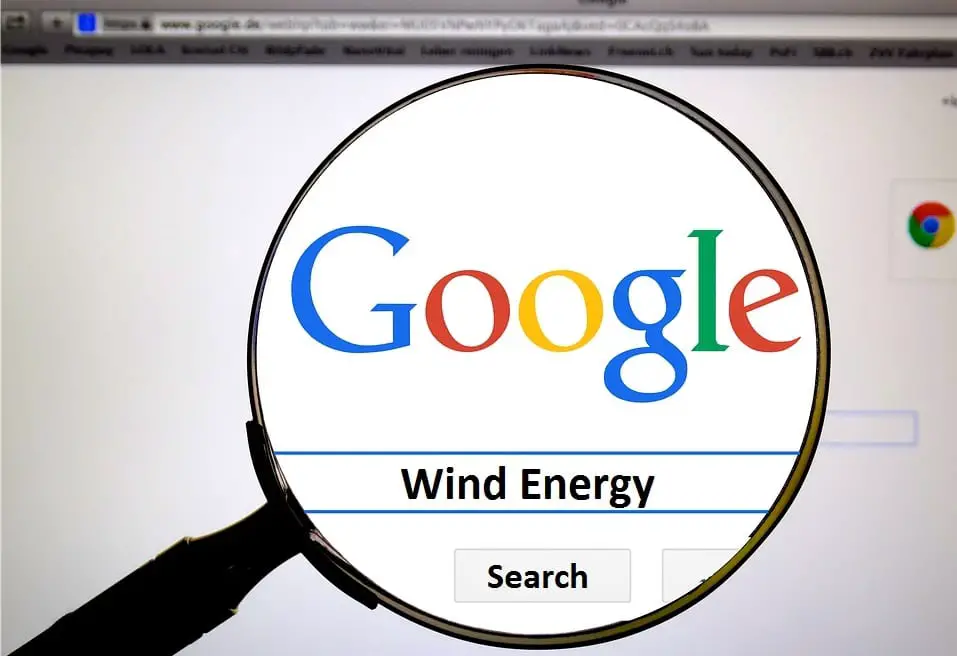
Google to use wind energy to power European data centers
July 7, 2017Google will be purchasing electricity from new wind energy system in Norway
Google has announced that it expects to begin receiving electricity from a wind energy system in Norway in September. The company has been investing heavily in wind power for the past few years in an attempt to become more environmentally friendly and cut emissions production. Google will be purchasing electricity from the Tellenes Wind Farm, which is comprised of 50 wind turbines. This deal represents the largest power purchase agreement that Google has made in Europe and is another step the company’s efforts to embrace renewable power.
Wind farm will provide electricity to Google once it is fully developed
The Tellenes Wind Farm has a maximum capacity to 160 megawatts and is currently under development. Once the wind energy system is operational, it will begin providing electricity to Google. The first of the wind farm’s turbines is expected to be fully operational within the coming week. While the wind farm is still under development, Google has already agreed to purchase electricity from the project for the next 12 years. Google will begin receiving electricity from the wind energy system when its development is completed. Until then, electrical power will be provided to the Nord Pool power exchange.
Google continues to show strong support for wind energy
Google has been investing heavily in renewable energy in recent years. The company has become one of the world’s largest investors in clean power, hoping to accomplish its environmental goals. Wind energy has become one of Google’s most favored forms of clean power. The company is using wind energy to power several of its data centers throughout the world. Google currently has four data centers in Europe, and the electricity from the new wind energy system will be used to provide power to one or more of them, according to the company.
European countries are investing heavily in wind energy
Wind energy has become quite prominent in Europe, especially in countries where wind currents are strong. Notably, offshore wind energy has been gaining more attention in recent months, as countries look to harness the power of wind currents at the sea. Offshore projects are somewhat more expensive than their inland counterparts, but they have greater potential to generate electricity.



 HFN News is your leading source for fresh hydrogen and renewable energy updates. Amid the fast-paced growth of hydrogen companies, we provide top-notch news and insights about this exciting sector. Our coverage spans from hydrogen cars to global sustainable initiatives, and we highlight the latest in green jobs and developing hydrogen hubs. We invite you to share your local hydrogen news and explore today’s renewable energy job listings on our site. Thanks for choosing HFN News as your trusted guide to the hydrogen and renewable energy world!
HFN News is your leading source for fresh hydrogen and renewable energy updates. Amid the fast-paced growth of hydrogen companies, we provide top-notch news and insights about this exciting sector. Our coverage spans from hydrogen cars to global sustainable initiatives, and we highlight the latest in green jobs and developing hydrogen hubs. We invite you to share your local hydrogen news and explore today’s renewable energy job listings on our site. Thanks for choosing HFN News as your trusted guide to the hydrogen and renewable energy world!